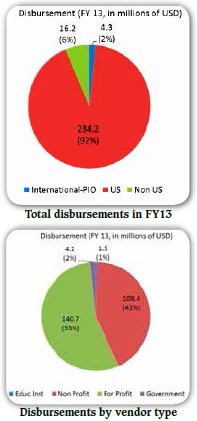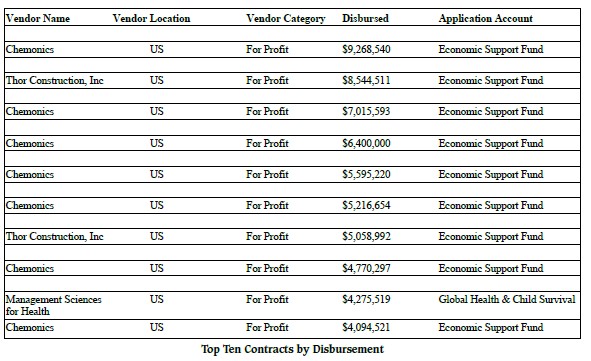|

January 12, 2014 marks the
fourth anniversary of the massive quake in Haiti that left over
200,000 people dead and several million people homeless. The
response from rich countries was overwhelming—over $9 billion
was disbursed towards relief and reconstruction efforts ($3
billion from the United States, an estimated $3 billion in
private contributions, and another $3 billion from foreign
governments).
Four years later, the
earthquake in Haiti is mostly forgotten. The UN Office of the
Special Envoy for Haiti and charitable organizations such as the
Bush Clinton Haiti Fund have quietly closed their doors. Many
non-governmental organizations in Port-au-Prince have scaled
down their operations. Other disasters, such as Typhoon Haiyan,
dominate the news.
I can think of at least two
reasons why we should still care about what happened in Haiti.
The first reason is that despite the fact that a sum of money
almost equivalent to the GDP of Haiti was disbursed to
non-governmental organizations, for-profit contractors and other
agencies, most Haitians live without a reliable supply of
electricity, clean water, or paved roads. Several thousand
Haitians still live in (now tattered) tents provided as part of
the relief effort.
The second reason is that
understanding what happened in Haiti is critical if we want to
do a better job with relief and reconstruction efforts in the
aftermath of future natural disasters. Despite commitments made
by rich country governments and non-governmental organizations
towards greater aid transparency, and the availability of
easy-to-use tools such as the International Aid Transparency
Initiative (IATI) and UN OCHA’s Financial Tracking Service, it
is impossible to trace how the money was spent, how many
Haitians were served, and what kinds of projects succeeded or
failed.
The United States is the single
largest donor to Haiti. To be fair, USAID has released some data
from its files. And it has committed to reporting its data in
the standard IATI format. The USAID Transactions database does
have data on obligations and disbursements for FY2013
(disbursements are shown in Figure 1). We know that 92% of funds
disbursed in FY2013 went to organizations that are based in the
US. Figure 2 shows that the majority of disbursements in FY13
were to for-profit companies; Figure 3 shows that Chemonics — a
for-profit provider — received 7 of the largest 10 contracts,
totaling $42 million. Separately, USAID has also released data
on local procurement through its USAID Forward initiative.
This is where the trail goes cold. Typically,
USAID’s primary contractors use subcontractors to implement
their projects; these are the actors who actually get the work
done in Haiti (and elsewhere). USAID’s primary contractors are
obligated to report data on the activities of their
subcontractors, which in turn should be made public in
accordance with the Federal Funding Accountability and
Transparency Act of 2010. But this information is nowhere to be
found.
There are other challenges. The labels used
to categorize USAID’s spending (for example “ Economic Growth”,
“Governing Justly and Democratically”) are not easy to
interpret. They do not correspond to the categories and sectors
used in USAID’s Foreign Assistance Dashboard, but rather to
USAID’s strategic goals.
Also, almost half of the
transactions data have missing values for the Data Universal
Numbering System (DUNS), which serves as a unique identifier for
vendors and transactions. Data on local procurement contracts in
Haiti, released through the USAID Forward initiative also lack
this information, making them impossible to compare with the
transactions data, despite being released by the same
organization. In addition to the missing DUNS data, 35% of
vendor names (corresponding to $16 million in disbursements) and
34% of award numbers ($18.4 million) are not reported.
Members of the United States
Congress have recognized that data transparency is necessary for
continued progress in Haiti; as well as for effective foreign
assistance writ large. Led by Rep. Barbara Lee (D-CA), the House
recently passed HR 3509, Assessing Progress in Haiti Act of
2013. The bill requires a GAO report reviewing US assistance
efforts, which is an important first step.
It is an outrage that four
years after the quake in Haiti, we have almost no idea of where
all the money has gone. Without data on procurement,
expenditures, and outcomes, we cannot know what works and what
does not. USAID’s subcontractors routinely provide data on their
activities to the prime contractors — these data can and should
be made public by USAID. The International Aid Transparency
Initiative is the ideal platform to report data in real time,
but simply publishing to USAID’s existing data portals is a
relatively simple process that USAID should move forward with
this year.
First published by the Center for Global Development |